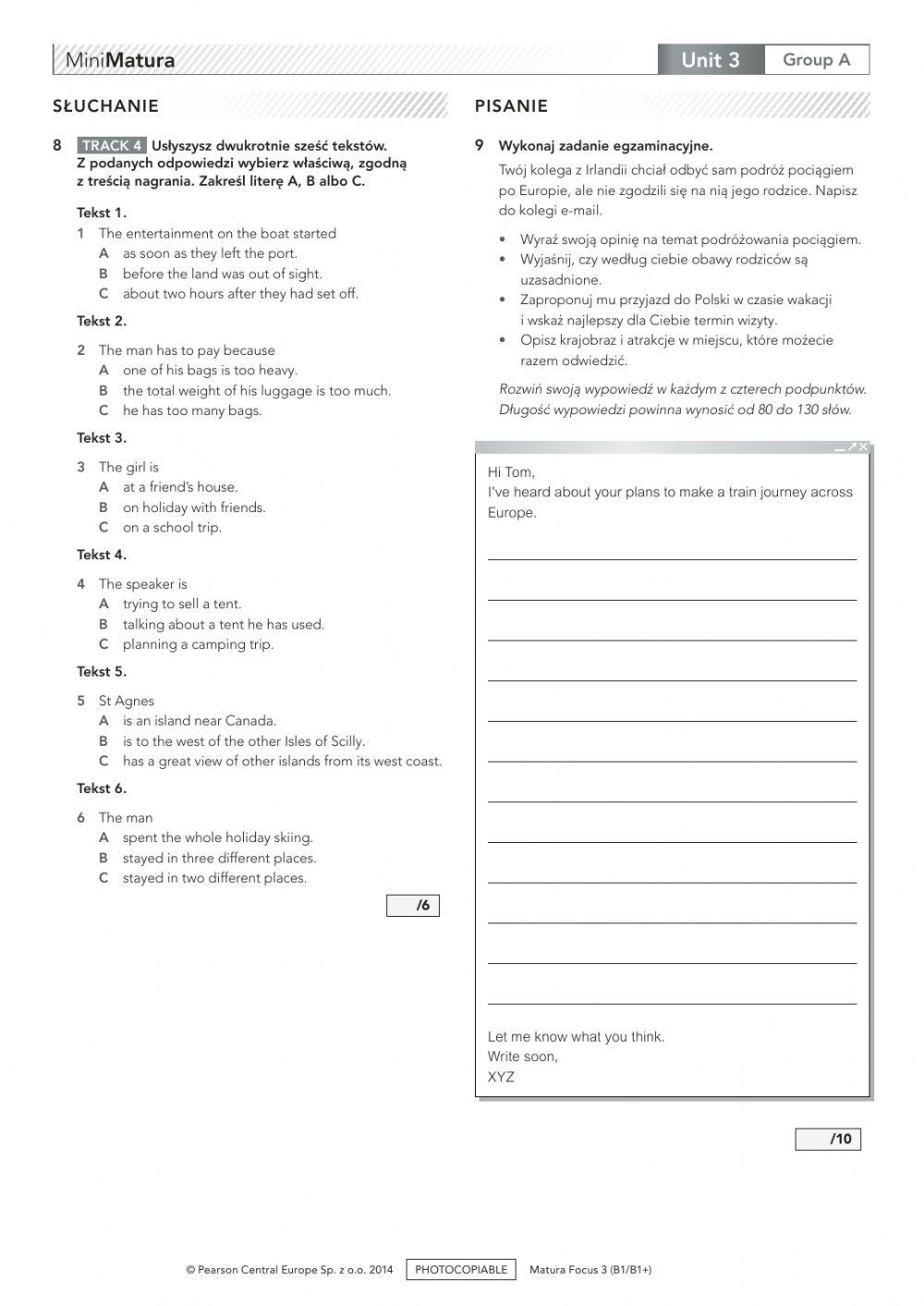Unit 2 of Focus 3 concentrates on several key aspects of English grammar and vocabulary. We will look at describing people, talking about past experiences, and using specific grammatical structures like the past simple and past continuous tenses. Additionally, we'll cover vocabulary related to personality adjectives and describing appearances.
Describing People
Describing people involves using adjectives to paint a clear picture of their personality and physical appearance. This is useful in many situations, such as writing a character in a story or describing someone to the police. We need to choose the right words to communicate accurately.
Personality Adjectives
Personality adjectives help us express someone's character traits. Words like kind, generous, outgoing, and shy are commonly used. For example, "My friend is kind and always helps others." Contrast that with, "He's quite shy and doesn't talk much to strangers." Using a variety of adjectives makes your descriptions more interesting and informative.
Other useful personality adjectives include: hard-working (pracowity), lazy (leniwy), funny (zabawny), serious (poważny), clever (mądry), and stupid (głupi). Remember to use these carefully and respectfully. A balanced description includes both positive and negative qualities where appropriate.
Appearance Adjectives
Appearance adjectives focus on someone's physical attributes. We can describe their hair, eyes, height, and build. Examples include: tall, short, slim, overweight, blond (włosy blond), brown (włosy brązowe), blue-eyed (niebieskooki), and handsome/beautiful (przystojny/piękna). "She has long, blond hair and blue eyes." "He is tall and slim."
We can also use phrases like "He is of medium height" or "She is wearing glasses." Remember to be sensitive when describing someone's appearance. Avoid making generalizations or judgments. Instead, focus on objective descriptions.
Past Simple vs. Past Continuous
The past simple and past continuous are two important tenses for talking about the past. Understanding when to use each one is crucial for accurate communication. They describe different kinds of actions happening at different times.
Past Simple
The past simple is used for completed actions in the past. These actions started and finished at a specific time. For example, "I visited Paris last year." or "She watched a movie yesterday." The key is that the action is finished and doesn't continue into the present.
The past simple often uses regular verbs, which add "-ed" to the base form (e.g., played, walked, listened). Irregular verbs have different forms (e.g., go -> went, see -> saw, eat -> ate). Learning these irregular verbs is essential for using the past simple correctly.
Past Continuous
The past continuous is used to describe actions that were in progress at a specific time in the past. It emphasizes the duration of the action. For example, "I was watching TV at 8 pm last night." or "They were playing football all afternoon." The action was happening for a period of time.
The past continuous is formed using "was/were" + the verb ending in "-ing." We use "was" with singular subjects (I, he, she, it) and "were" with plural subjects (you, we, they). Often, the past continuous is used to set the scene for another action that happened in the past simple.
Using Both Tenses Together
The past simple and past continuous are often used together to show how one action interrupted another. The past continuous describes the longer, ongoing action, while the past simple describes the shorter, interrupting action. For example, "I was walking home when I saw my friend." (was walking - past continuous, saw - past simple). The action of walking was interrupted by seeing a friend.
Another example: "She was studying when the phone rang." The phone ringing interrupted her studying. This combination of tenses is useful for narrating stories and describing events in the past.
Vocabulary and Practice
Mastering the vocabulary related to describing people and understanding the nuances of the past simple and past continuous requires practice. Using flashcards, writing sentences, and engaging in conversations are all helpful techniques. Try describing your friends or family members using the adjectives you have learned. Construct sentences using both tenses to describe past events.
For example, you can describe a movie you watched last week. "I watched a movie last week. It was very interesting. I was eating popcorn while I was watching it." Remember, consistent practice will help solidify your understanding and improve your fluency.
Remember to practice regularly by completing exercises in your textbook or online resources. This will allow you to test your understanding and identify areas where you need further review. The key to success is consistent effort and a willingness to learn from your mistakes.


